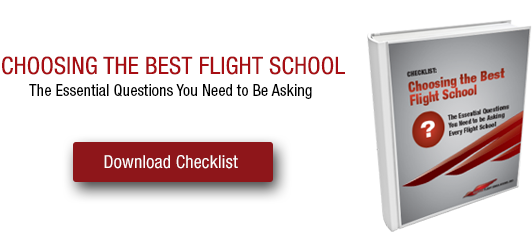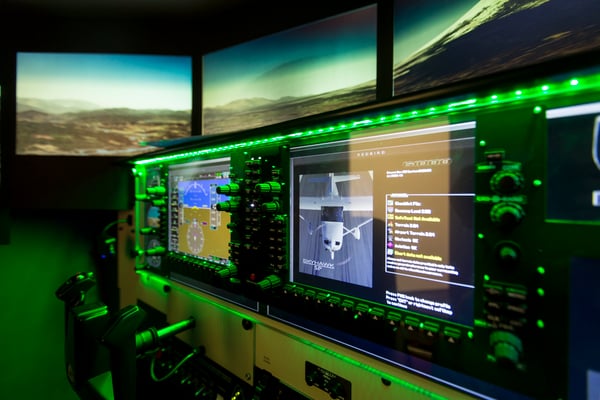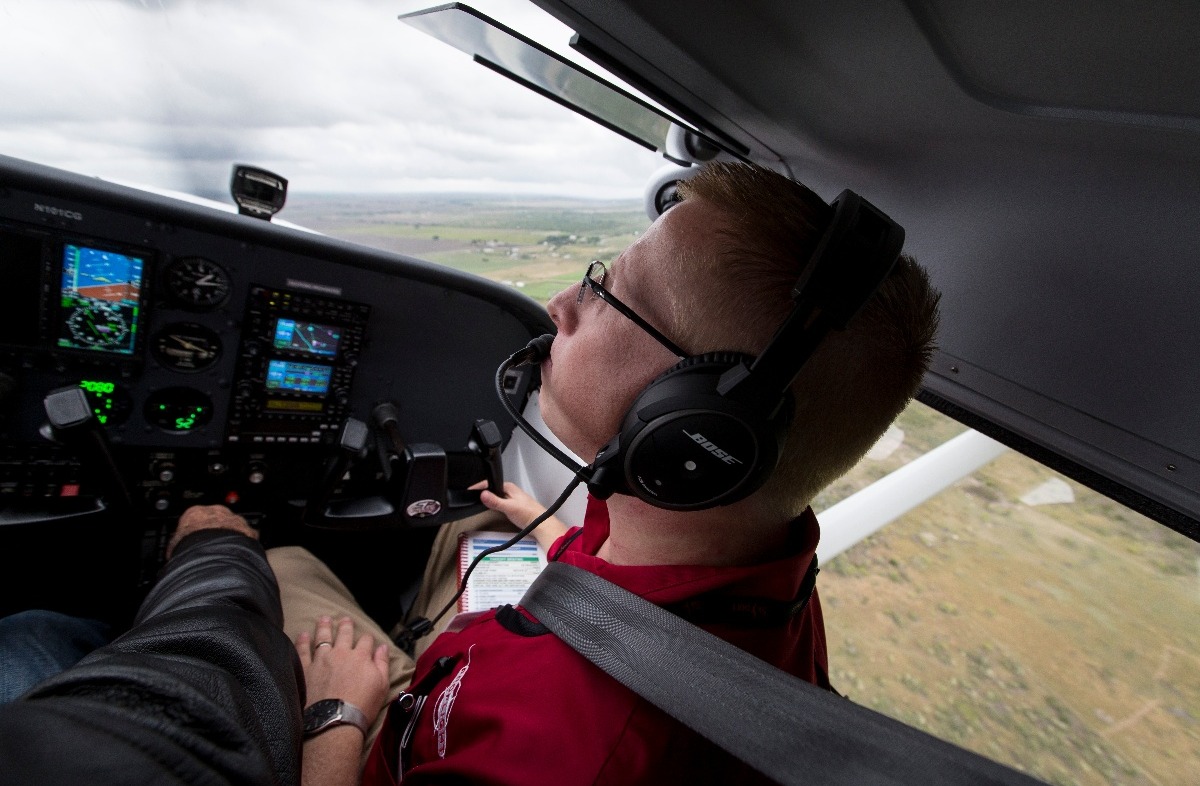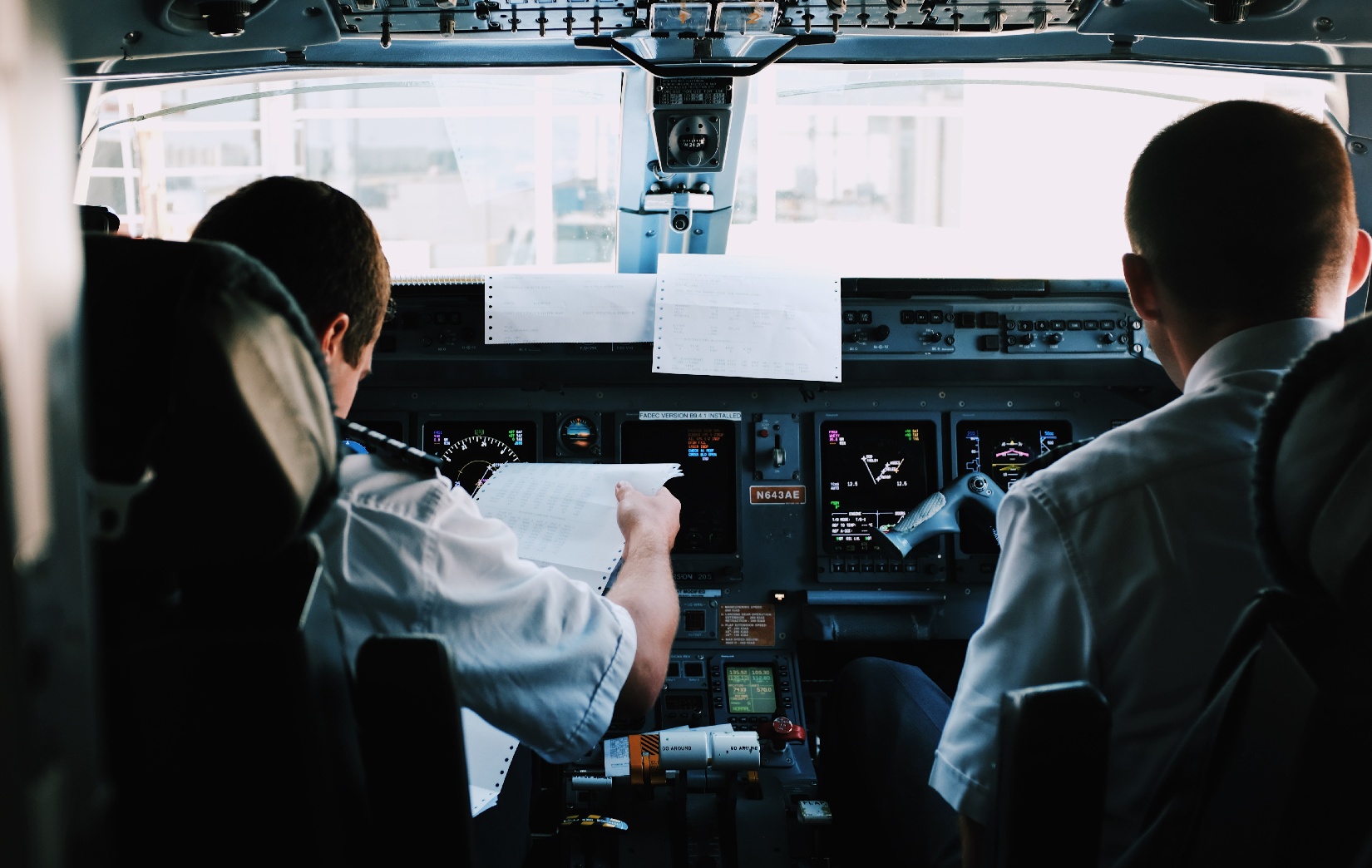6 Ways to Reduce the Cost of Flight School
People take up flying for many different reasons and motivations. It may be a personal challenge or a bucket list item, or the first step in the pursuit of a career as an airline pilot. For others, becoming a pilot is following in the footsteps of a parent or grandparent. Regardless of the reasons behind the goal, flight instruction is expensive and can be financially debilitating when you don’t map out a plan. However, if you are considering getting your pilot’s license, there are plenty of ways to reduce flight school costs and save money as you go.
Reducing costs is important to ensure you can finish your flight lessons and don’t have to give up on your dreams and goals for financial reasons. Here are six steps you can take to prevent financial setbacks in your flight training.
1. Pick a flight training goal and stick to it
If you are flying for fun and don’t have aspirations to become a career pilot, then a sport or recreational pilot’s license may be the most cost-effective option for you.
- The recreational pilot certificate is a restricted version of the private pilot certificate that has more limitations for where and how you fly. However, you can earn it in as few as 30 hours, compared to the 40 hours or more you need to obtain your private pilot certificate.
- The sport pilot certificate is similar to the recreational pilot certificate, but you can only fly aircraft that are lighter and smaller, with no more than two seats. You can earn your sport pilot certificate in as few as 20 hours.
If you do plan on pursuing a career in aviation or flying with more than one person, it’s best to go for your private pilot certificate from the beginning. Taking breaks in your pilot training will cost you, as you’ll need to spend time relearning things you already learned. If you can fly consistently, you should be able to complete your private pilot program in as little as three months.
If you plan to get your instrument rating, commercial pilot rating, or become a Certified Flight Instructor (CFI), you’ll need to plan for additional time and expenses.
Keep in mind as you calculate the cost of your flight training:
-Choosing the right flight school and instructor from the start is important, because you may lose money if you have to change flight schools part-way through your training.
-Some flight instructors may charge more than others, depending on their level of experience.
-You should check with your flight schedule about available options to save money, whether that means buying aircraft rental blocks up front or keeping money on account at the flight school.
-You don’t have to rent an airplane for every flight lesson. Ask how much of your training you can complete in a flight simulator.
-Once you complete your solo flight, you can do a lot of practice on your own as a student pilot. You still will need to pay for the airplane rental, but you can save the cost of paying your instructor by the hour if it isn't necessary for a training event.
2. Take your written tests first
FAA written tests are a mandatory component of the private pilot’s license, instrument rating, commercial pilot certificate, and CFI ratings. Along with a seated oral exam and practical test (think of this as the “driving” portion of the DMV test), you’ll have to take a test on a computer. The FAA written test will cover topics such as basic aerodynamics, airspace and weather minimums, flight operations, cross country flight planning, aircraft performance, weather, aircraft weight and balance, FAA regulations, electronic navigation, sectional charts, and communications.
Many student pilots study for their written test while they are doing their primary flight training. However, if you require additional time to study for your test, you may not progress in your training program as efficiently as you could otherwise. Completing ground school and taking your written test before you start your in-aircraft instruction will allow you to fully focus on one thing at a time.
3. Invest in a handheld radio
Radio communications are another area of familiarization for student pilots to practice. It takes time to learn how to quickly communicate facility names, call signs, altitudes, and headings. Fortunately, you can practice your communications and sharpen your skills on the ground without renting an aircraft or hiring a flight instructor.
A handheld radio, such as an ICOM Aviation handheld radio, allows you to listen to pilot communications in your area. You also can listen to LiveATC or watch YouTube videos of pilot/ATC communications. After listening to other pilots communicate with ATC, you will get a feel for the lingo and how pilots use it. Your instructor will only need to help you fine-tune your technique.
You also can use a handheld radio to pick up and write down the current ATIS before you turn on the engine. Before you contact air traffic control at an airport, or communicate any movement announcement if you’re at a non-towered field, you’ll have to "listen to" the weather on the radio. "Picking up the ATIS," as many pilots refer to it, includes getting the current weather information and potentially information about current active runways, available approaches, NOTAMS (or other information) about fuel available, transient parking, and even temporary closures of restaurants on the field.
If you are paying $150/hour to rent a primary training airplane, spending even 3 minutes listening to the weather can cost you $7.50—time you could be spending in the air. Having a handheld allows you to spend as much time as you need listening to and understanding the weather before you’re paying by the minute. Over the course of your flight training, this can add up.
4. Apply for flight training scholarships
Primary and advanced flight training scholarships are available every year and for every stage in flight training. Organizations such as the Aircraft Owners and Pilots Association (AOPA) and the Experimental Aircraft Association (EAA) offer more than $1 million in flight training funds each year. Several other industry groups and flying clubs offer scholarships as well.
5. Practice flying in your free time
You can sharpen your skills outside of your flight instruction or ground instruction.

- You can purchase a cockpit poster to learn familiarization at home.
- Your flight school may allow you to sit in the aircraft and practice “chair flying” to become familiar with flows and checklists.
- You also can book time in your school’s flight simulator, which will help you reduce the costs of time in the aircraft.
The goal should be to spend time exercising your flying brain outside the aircraft to reduce the amount of time spent renting it. Getting to a level of proficiency just takes time and practice.
Yet, being able to quickly breeze through a checklist and identify settings and switches is necessary to become a proficient private pilot, even a proficient student pilot. For example, repeating a “bottoms up” flow checklist will allow you to quickly check that your mixture, prop, and throttle controls are set, electrical switches are properly selected, circuit breakers are in, and engine goatees are looking normal. Keeping a constant scan on instruments can alert you to “land as soon as possible” before it becomes an emergency.
6. Surround yourself with the right people
An experienced mentor is a valuable resource as you have questions and make decisions throughout your flight training. Having a positive role model can mean the difference between accomplishing a dream and simply wishing you had. If you don’t have a relative or friend to fill this role, both EAA and AOPA have mentor programs available. Some flight schools and flying clubs also offer mentorship programs. The aviation industry is eager to guide the next generation of pilots! Mentors also may be a great resource for scholarship recommendations and advice on reducing flight training costs.
Share this
You May Also Like
These Related Articles

How To Choose a Flight Instructor
-1.jpg)
The Pros and Cons of Learning to Fly With a Glass Cockpit
